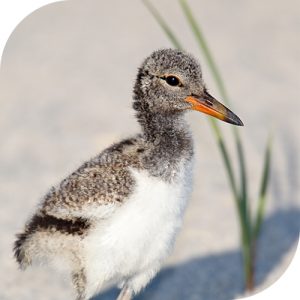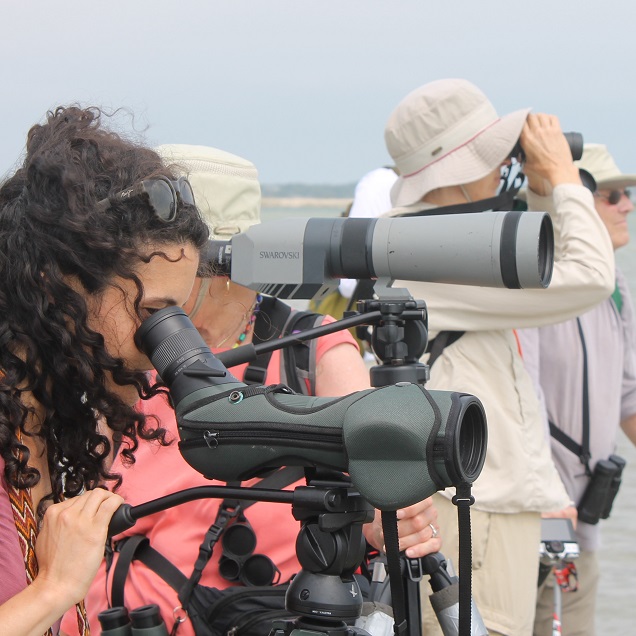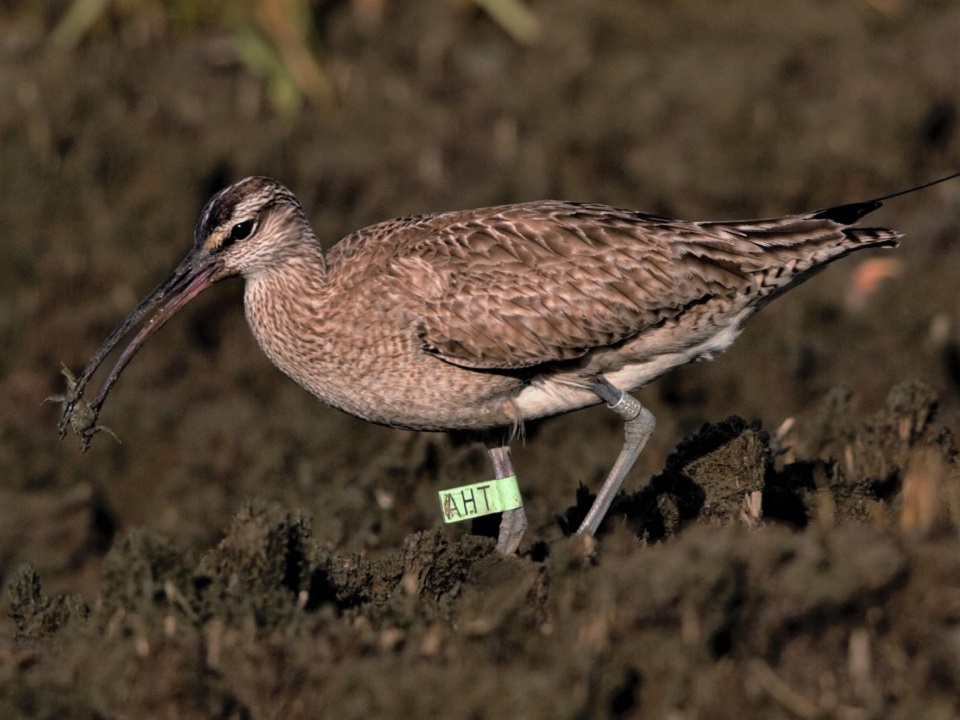Every two years, shorebird scientists and conservationists from throughout the Western Hemisphere gather to share results of their efforts to learn what limits shorebird populations, and how to help them recover. This October, the eighth international conference of 250 participants will be hosted by Panama Audubon. Manomet helped organize the Western Hemisphere Shorebird Group, the group that convenes the meetings, to encourage students to focus their studies on shorebird ecology and conservation and to help foster conservation partnerships aimed at restoring populations of these rapidly declining birds.
Many of our staff in the Shorebird Recovery Program will be leading scientific symposia and meetings focusing on different aspects of shorebird science and conservation; Stephen Brown, our Vice President of Shorebird Conservation, is leading the Scientific Committee for the meeting. Our staff is leading special sessions on managing disturbance of shorebirds, engaging communities in conservation, assessing the status of shorebirds in Latin America, implementing conservation initiatives developed for the Atlantic and Pacific coasts, developing a new conservation initiative for the midcontinent, and monitoring populations of shorebirds so that we can measure conservation successes. In addition, SRP staff will be presenting on Whimbrel and American Oystercatcher conservation, and management of impacts from coastal engineering projects.

“Shorebirds are showing the most dramatic declines of any group of birds and it’s critical to have meetings of this size and breadth to be able to engage with other scientists and conservationists from across the hemisphere,” said Brown. “Panama is also home to nearly 1,000 species of birds which makes it an ideal location for this symposium.”
Topics that the Manomet team is organizing discussions for include:
Human-related disturbance: Disturbance by humans and human-related activities is a threat to the health and survival of many shorebird species. There is a pressing need for innovative solutions to both long-standing and emerging threats of human-related disturbance. This symposium will provide opportunities for participants to discuss and share lessons learned about a variety of techniques that can be directly applied to make wetlands and coastlines safer for shorebirds.
Involving communities in conservation: The solutions to many shorebird threats are rooted in collaborations with local communities. This symposium will share creative and innovative programs that work to increase knowledge while initiating immediate action from communities. To keep the symposium interactive and action-oriented, each presenter will share at least one ready-to-use tool or template like an evaluation survey, educational game, or letter to the editor.

Tracking shorebird populations: Tracking changes in shorebird populations over time is the only way to be sure that the conservation efforts underway are being successful. Shorebirds are highly mobile and use enormous landscapes in their annual migrations across the hemisphere, so measuring their populations takes cooperation from many partners. This symposium will help ensure we are working effectively together.
Assessing the status of South American shorebirds: Almost nothing is known of the population size and trends of nearly half of the shorebird species that breed in the Western Hemisphere. Such data are crucial for setting conservation priorities, planning actions, and monitoring success. Most of these poorly-known species breed in Latin America and the Caribbean. Symposium participants will review newly generated population estimates for this species, and seek consensus regarding their past and present conservation status.





 Back to all
Back to all


